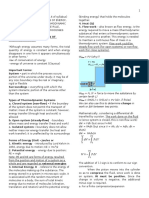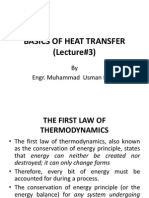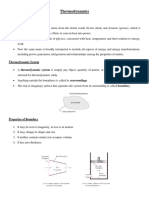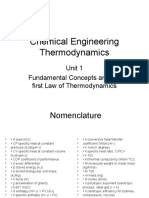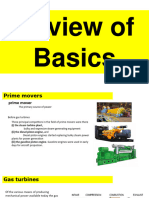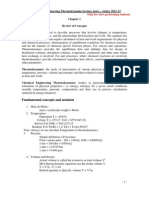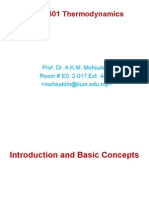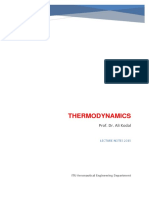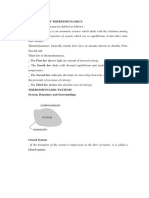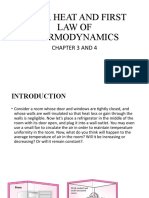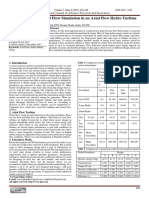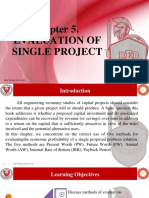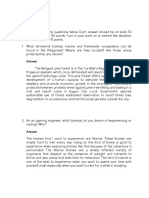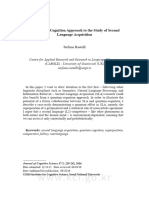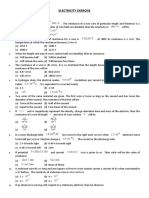0% found this document useful (0 votes)
158 views56 pagesThermo 1 Lecture 2
Thermodynamics is the branch of physics that deals with heat, temperature, and their relation to energy and work. The behavior of thermodynamic systems is governed by the four laws of thermodynamics. Thermodynamic systems can be open, closed, or isolated depending on whether they allow the transfer of matter and energy across their boundaries. Key concepts in thermodynamics include state, equilibrium, processes, cycles, different types of energy (internal, kinetic, potential), and energy transfer through heat and work.
Uploaded by
Aron H OcampoCopyright
© © All Rights Reserved
We take content rights seriously. If you suspect this is your content, claim it here.
Available Formats
Download as PDF, TXT or read online on Scribd
0% found this document useful (0 votes)
158 views56 pagesThermo 1 Lecture 2
Thermodynamics is the branch of physics that deals with heat, temperature, and their relation to energy and work. The behavior of thermodynamic systems is governed by the four laws of thermodynamics. Thermodynamic systems can be open, closed, or isolated depending on whether they allow the transfer of matter and energy across their boundaries. Key concepts in thermodynamics include state, equilibrium, processes, cycles, different types of energy (internal, kinetic, potential), and energy transfer through heat and work.
Uploaded by
Aron H OcampoCopyright
© © All Rights Reserved
We take content rights seriously. If you suspect this is your content, claim it here.
Available Formats
Download as PDF, TXT or read online on Scribd
/ 56







